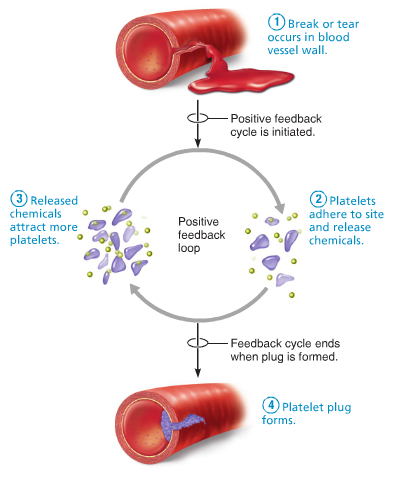- The control mechanisms -
Control of any self regulating system involves a series of stages
- Optimum point
- Receptor
- Coordination
- Effector
- Feedback mechanism
- Receptor
- Coordination
- Effector
- Feedback mechanism
Homeostatic systems detect change and respond by negative feedback.
1) The receptor, communication system and effectors is the foundation of the homeostatic system.
2) Receptors are there to detect when there is a change in temperature - this would be when temperature is too high or too low. Via the nervous system or hormonal system the information is passed on to the effector.
3) The effectors are suppose to counteract the change // bring the level back to an optimum.
4) Negative feedback = process of bring the level to an optimum temperature.
5) Negative feedback keeps the body's temperature at an optimum which is above 0.5℃ or below 37℃.
6) However if they change is too drastic then the Negative feedback would be unable to counteract the change. This can be when there has been prolonged exposure to cold weather.
There are multiple Negative feedback mechanisms ⇒ more control. By only having one negative feedback system ⇒ there is a slower response and less control.
Positive feedback mechanisms can amplify a change from the normal level.
1) some changes can trigger a positive feedback // amplifying the change.
2) Increasing the level further away from the normal level.
3) Positive feedback rapidly activates something // Blood clot after a deep cut.
4) Positive feedback can occur when homeostatic system breaks down e.g. Being too cold for too long.
Positive feedback is not involved in homeostasis because it does not keep the internal environment stable.
Control system normally have receptors and effectors allows them to have separate mechanisms that produce a positive movement towards an optimum. Allows greater degree of control of the particular factor being regulated.
Positive feedback is not involved in homeostasis because it does not keep the internal environment stable.
- Coordination of control mechanisms -
Control system normally have receptors and effectors allows them to have separate mechanisms that produce a positive movement towards an optimum. Allows greater degree of control of the particular factor being regulated.

No comments:
Post a Comment